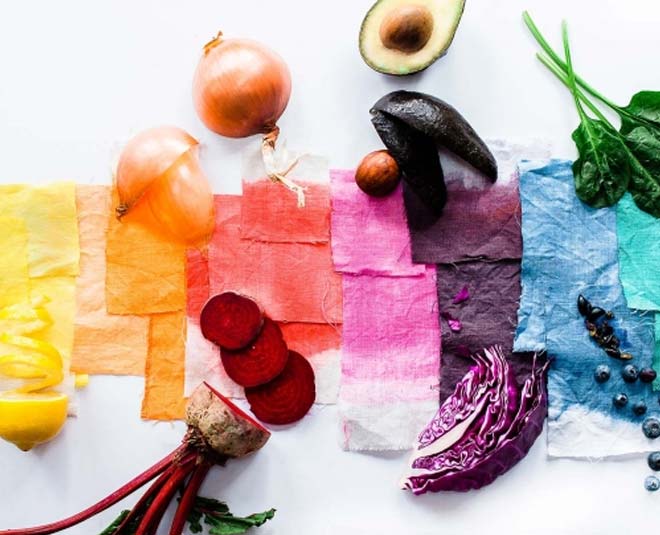famous indigo dyes
The Rich History and Significance of Famous Indigo Dyes
Indigo dye, one of the oldest known dyes in human history, has fascinated cultures across the globe for thousands of years. Derived from the leaves of the indigo plant, this deep blue colorant is not just a pigment; it is an integral part of various cultures, traditions, and economies. The journey of indigo dye is as rich and vibrant as the color itself, spanning continents, centuries, and communities.
Historical Origins
The use of indigo dye dates back to ancient civilizations. Evidence suggests that Egyptians utilized indigo as early as 2500 B.C., using it in mummification and burial rituals. Similarly, in the Indian subcontinent, indigo has been cultivated and used for fabric dyeing for over 5,000 years, solidifying its status as a crucial component of the vibrant textile industry. In these cultures, indigo was not merely a fashion statement; it was often considered sacred, imbued with spiritual significance.
The Process of Dyeing
The dyeing process of indigo is a remarkable journey that transforms the indigo plant into a stunning blue hue. The leaves of the indigo plant (Indigofera tinctoria) are harvested and fermented in water, creating a pigment-rich solution. This solution undergoes a series of complex chemical reactions and must be oxidized to reveal the iconic blue color. The resultant dye can be used to color fabrics in a variety of techniques—from simple immersion to intricate tie-dye patterns, creating unique designs that narrate stories through color.
Cultural Significance
Throughout history, indigo has emerged as a symbol of identity, resilience, and artistry in various cultures. In West Africa, indigo dyeing techniques are a crucial part of traditional crafts. The Yoruba people, for example, have perfected the art of indigo dyeing, creating intricate patterns that tell the history and legacy of their community.
In Japan, indigo dyeing, or “aizome,” carries with it a heritage that dates back to the Edo period. Japanese artisans have developed unique techniques such as “shibori,” which involves folding, twisting, or bunching the fabric before dyeing, creating breathtaking patterns. These practices have been passed down through generations, adding layers of meaning and history to each dyed piece.
famous indigo dyes

Economic Impact
The indigo trade has significantly impacted economies worldwide. In the 18th century, indigo became a major cash crop in the Americas, particularly in the Southern colonies of the United States, where it was cultivated alongside rice and cotton. It played a crucial role in the economy, yet it also had dark implications tied to the transatlantic slave trade, as enslaved people were forced to labor in indigo plantations.
Modern times have seen a resurgence of interest in natural dyes, including indigo, as sustainability becomes a priority in the fashion industry. Conscious consumers are gravitating towards ethically sourced materials and dyes that have a minimal environmental impact. This revival not only encourages the preservation of traditional dyeing techniques but also supports local artisans and economies.
The Future of Indigo Dyeing
Today, the future of indigo dyeing is a blend of tradition and innovation. Modern technologies are being integrated with age-old practices, allowing for more efficient dyeing processes that remain environmentally friendly. Sustainable brands are using organic indigo, promoting not only the well-being of the planet but also the communities that cultivate these plants.
Additionally, artistic expressions involving indigo are thriving. From haute couture collections to streetwear, indigo-dyed fabrics are making statements in the fashion world. Artists and designers are drawing inspiration from its rich history, creating new narratives that celebrate heritage while pushing the boundaries of fashion.
Conclusion
Indigo dye is more than just a color; it embodies history, culture, and change. Its journey from ancient traditions to contemporary applications reflects the interconnectedness of humanity, creativity, and the natural world. As we embrace the blue waves of indigo, we honor the past while working towards a sustainable future—one that respects traditions and champions innovation. The story of indigo continues to unfold, inviting us to explore, appreciate, and engage with its rich legacy.
-
The Timeless Art of Denim Indigo Dye
NewsJul.01,2025
-
The Rise of Sulfur Dyed Denim
NewsJul.01,2025
-
The Rich Revival of the Best Indigo Dye
NewsJul.01,2025
-
The Enduring Strength of Sulphur Black
NewsJul.01,2025
-
The Ancient Art of Chinese Indigo Dye
NewsJul.01,2025
-
Industry Power of Indigo
NewsJul.01,2025
-
Black Sulfur is Leading the Next Wave
NewsJul.01,2025

Sulphur Black
1.Name: sulphur black; Sulfur Black; Sulphur Black 1;
2.Structure formula:
3.Molecule formula: C6H4N2O5
4.CAS No.: 1326-82-5
5.HS code: 32041911
6.Product specification:Appearance:black phosphorus flakes; black liquid

Bromo Indigo; Vat Bromo-Indigo; C.I.Vat Blue 5
1.Name: Bromo indigo; Vat bromo-indigo; C.I.Vat blue 5;
2.Structure formula:
3.Molecule formula: C16H6Br4N2O2
4.CAS No.: 2475-31-2
5.HS code: 3204151000 6.Major usage and instruction: Be mainly used to dye cotton fabrics.

Indigo Blue Vat Blue
1.Name: indigo blue,vat blue 1,
2.Structure formula:
3.Molecule formula: C16H10N2O2
4.. CAS No.: 482-89-3
5.Molecule weight: 262.62
6.HS code: 3204151000
7.Major usage and instruction: Be mainly used to dye cotton fabrics.

